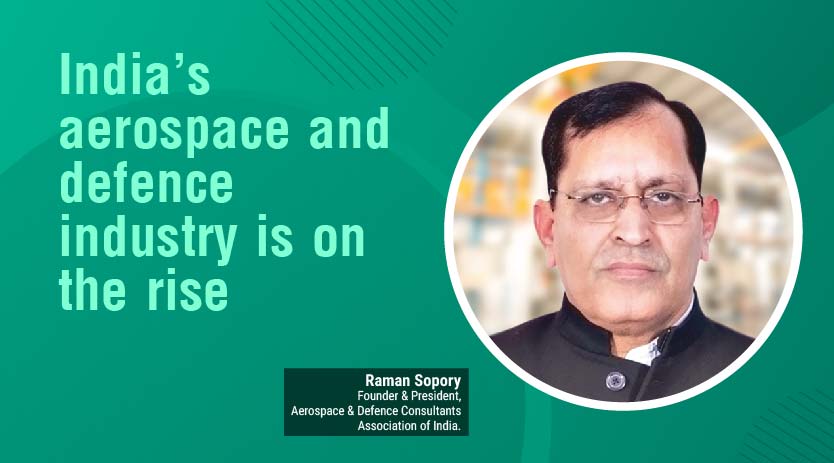Role of Tribaloy materials in extending the life of drivetrain components
January 2, 2023 2:29 pm
Tribaloy alloys are used extensively as hard-phase particles in powder metallurgy of automotive valve seats and guides and for other components in the drivetrain.
Drivetrain components, especially valves, are subjected to various wear modes such as high temperature, erosion, adhesion, galling, corrosion, and fatigue, posing a perplexing problem for internal combustion engine designers and manufacturers for many years. Additional demands like fuel efficiency, power-to-volume rating increase, and fuel quality impose further strain on these components.
The harsh environment in which the valve seat operates makes alternative cooling by other means impossible, so the seat must rely only on the alloy used in its construction to provide operational protection—this makes correct alloy selection the top- most priority for manufacturers.
Kennametal Stellite™ manufactures consumable weld overlay materials such as cast rods, cored wire, electrodes, and powder, focusing on nickel and cobalt base materials. Cobalt- based alloys, such as Stellite®F, Tribaloy®T-400 and Stellite®6, have proven effective under these circumstances. Various cobalt-based alloys are used in the automotive industry for wear resistance.

The hard facing of engine valve seats, a high-volume process, was initially done using Oxyfuel welding (OFW) and gas tungsten arc welding (GTAW) processes. Since the 1980s, hard facing of engine valves has moved steadily to plasma transfer arc (PTA), due to consistently repeatable quality, productivity, and enhanced deposit characteristics.
What is TRIBALOY Material?
Tribaloy® family of alloys (CoMoCrSi) are characterised by a substantial resistance to wear and corrosion within a wide range of temperatures. These properties directly result from their microstructure, including the presence of Laves phase in varying proportions. Tribaloy alloys’ high molybdenum content accounts for the excellent dry-running properties of Tribaloy®alloys and makes them very suitable for use in the adhesive (metal-to-metal) wear situations. Tribaloy® alloys can be used up to 800–1000°C. Tribaloy® alloys are used extensively as hard-phase particles in powder metallurgy of automotive valve seats and guides and for other drivetrain components requiring enhanced wear performance at elevated temperatures.
Trial Report -Source: MARKISCHES WERK
Examined inlet and exhaust valves are bi-metal friction welded valve spindles (valve disc diameter of about 110 mm, total length about 550 mm) consisting of martensitic and austenitic stainless valve steel. The valves were taken from the same type of large-bore gas engine. The first set is hard-faced with a Stellite® 12 alloy and was removed from the engine after 250 hours of operation, while the second set is overlaid with a Tribaloy® T-400 and was investigated after 5,000 hours of operation.

Tribaloy®T-400C– An Improved Tribaloy® T-400 material
It has been found that the commercial Tribaloy® T-400 lacks resistance to oxidation. Insufficient oxidation resistance leads to welding or casting defects. For high-temperature applications, excessive oxidation may result in the sticking of the moving parts. Our study has found that the alloy Tribaloy® T-400 can improve oxidation resistance if the three major alloying elements Cr, Mo and Si are balanced in the ranges as shown in US patent 6,852,176. The best properties of the improved alloy Tribaloy® T-400Cin both oxidation resistance and ductility, can be achieved if the Cr/ Si ratio is kept above 4.5 and Mo/Si ratio above 9. The former is important to the oxidation resistance and ensures sufficient ductility for most applications. Compared with alloy Tribaloy® T-400, Tribaloy® T-400C can be weld deposited with plasma transfer arc welding with fewer defects.
Table caption: Compared with alloy Tribaloy® T-400, Tribaloy® T-400C has improved corrosion resistance The Tribaloy®T-400C has been invented for use in industrial applications where resistance to wear and corrosion are critical, and the results of this trial prove that it is an ideal choice for gas engine valves, owing to its excellent dry-running properties due to high Moly content, as well as enhanced wear performance at elevated temperatures of 800-1000°C.

These properties allow for its application in processes where buildup material needs to be applied to components such as valves by plasma transfer arc welding, welding on areas subject to wear on gas turbine blades in jet engines and cast turbocharger parts, etc.
Cookie Consent
We use cookies to personalize your experience. By continuing to visit this website you agree to our Terms & Conditions, Privacy Policy and Cookie Policy.

















